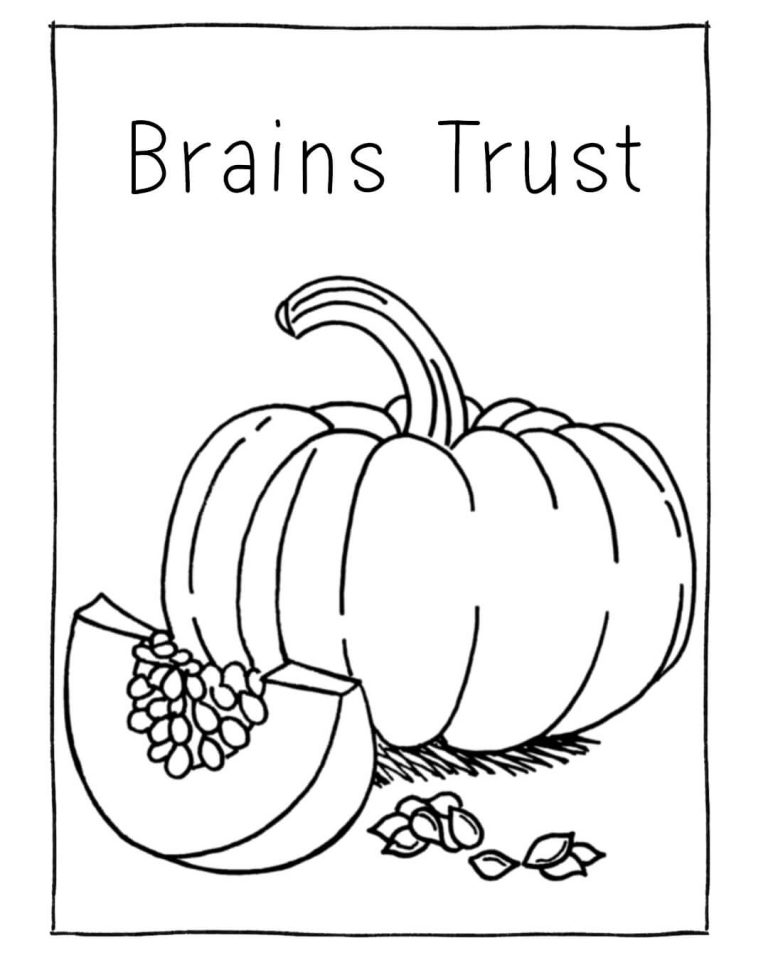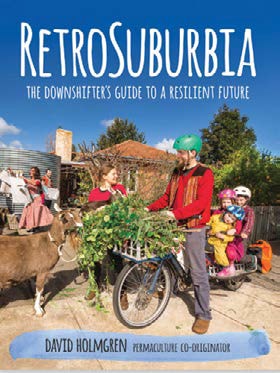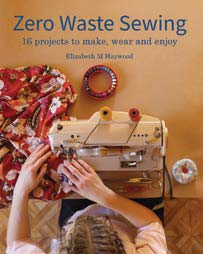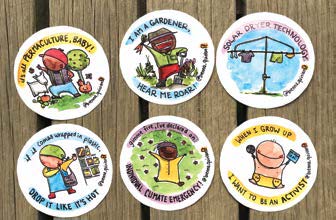Read & Watch
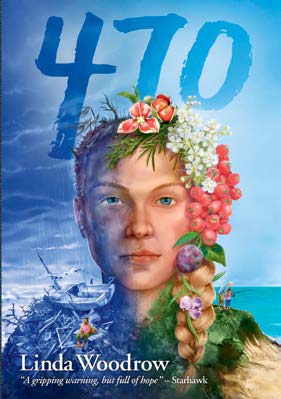
A novel set in the 2030s in a future where the effects of climate change and global warming are starting to have serious effects. Set in both Melbourne and Northern NSW, this book follows the journey of one family and their communities’ experiences in a climate-changed world.
Melbourne has been ravaged by heat waves and bushfires, Northern NSW has been cut off by a cyclone with swathes of beach and homes washed away, leaving the communities with food supply chains cut and with a dire shortage of basic necessities.
By coming together as a family and community, by bartering, growing food and drawing on their combined skills and resources, they are able to not only survive but also thrive.
Following the year we’ve experienced in 2020, it isn’t too hard to imagine the future Woodrow depicts as a realistic setting. This book, while frightening on one hand, shares the hope that regardless of what the future may hold, with community, skills and resilience we will survive. A gripping read.



